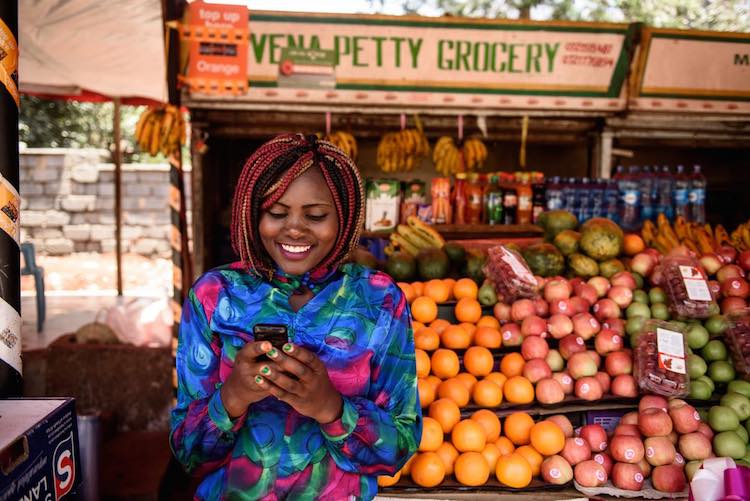A new study shows the expansion of a mobile money system has helped bring hundreds of thousands of Kenyans out poverty, especially those in female-headed households.
The study, published in Science, examined how M-PESA, Kenya’s text message-based payments system, spread across the country over six years. The researchers tracked the economic progress of thousands of households and estimated that the expansion of M-PESA lifted 194,000 households (2% of households in the country) above the poverty line, and that these effects were partly driven by women’s access to the new way of sending and receiving money.
RELATED: Judge Dismisses 66K Warrants Against Homeless Because “It’s the right thing to do”
Economists Tavneet Suri, Associate Professor of Applied Economics at MIT’s Sloan School of Business and Billy Jack, Professor of Economics at Georgetown University, worked with the research and policy non-profit Innovations for Poverty Action to study households across much of the country as the network of agents expanded into new localities.
MORE: Teenage Girl Turns Plastic Trash Into Million-Dollar Biofuel
“What we saw over six years was impressive — as people were given access to this low-cost means of sending and receiving cash, poverty, particularly extreme poverty, decreased, and especially for households headed by women,” according to Suri. “We saw that when M-PESA came to an area, women shifted their occupations and their savings went up. We estimate that about 185,000 women shifted occupations from subsistence farming to business or retail sales.”
Previous studies of programs thought to reduce poverty have had mixed results; for example, multiple studies have shown that micro-loans, while helpful business tools for a few, do not on average bring borrowers out of poverty. “Our earlier work on M-PESA showed that it improved financial resilience in Kenya – while households typically suffered falls in consumption of about 7 percent when hit by misfortune, M-PESA users were able to maintain normal consumption levels in the event of such unexpected setbacks,” according to Jack, of Georgetown, “With this longer term data, we’re confident that the proliferation of mobile money has also resulted in a reduction in poverty, especially in households headed by women.”
CHECK OUT: Donated Laptops Are Flying Right Into Laps of African Entrepreneurs
The findings also add to a growing body of research on gender dynamics surrounding money in low-income countries. “Sometimes the poor, and poor women in particular, just need access to the right set of simple tools to help themselves, but we haven’t always known what that the right set was,” according to Annie Duflo, Executive Director of Innovations for Poverty Action. “Hopefully these results will inform and encourage the targeted scaling of mobile money services in other countries. While many other countries have a system, too few have the kind of nationwide infrastructure that now exists in Kenya.”
The study was funded by the Bill & Melinda Gates Foundation and the organization Financial Sector Deepening Kenya. (Source: Innovation for Poverty Action; Photo by Intersect)
Pay Your Friends Some Positivity: Click To Share – OR,




















